All You Need To Know About Microlearning
What is microlearning? Why would you want to use microlearning? How to implement microlearning? How long should microlearning be? How to create microlearning modules? Important Things to consider in Microlearning

One of the most common problems which you might face in training your students is to keep them attentive.
In spite of all your best efforts, you keep observing that your students fail to remember difficult topics.
Finally, they lose motivation in continuing the course.
There are many ways to handle this.
One of the simpler ways to hold the attention of your students is by breaking the information down into bite-sized chunks.
This is what we will be seeing in detail now.
What is microlearning?

Microlearning, as the name implies, is a learning process in which the hard-to-digest difficult information is broken down into topical, bite-sized chunks.
In common terms, dividing an entire concept into smaller modules.
Why would you want to use microlearning?
While there are many myths floating around the internet about how our attention span is lesser than the nine-second attention span of your average goldfish, those lack citation, however.
But if you see...
Everything has become instant and short nowadays.
- Instead of long-tailed videos, people engage more with TikTok and shorts.
- Instead of Test and One-day cricket matches, people prefer Twenty20
Splitting your contents into bite-sized chunks mimics this trend.
How to implement microlearning?
The first step in microlearning is to identify whether the content is suitable for microlearning or not.
Microlearning might not necessarily be the ideal solution for teaching complex and in-depth concepts.
That being said, you can go through the following steps and use your judgment to identify whether to opt for Microlearning or not.
Breaking into chunks
Microlearning implies that the amount of information delivered at a given time is limited.
The information delivered in the module should be laser-focused on the learning objective and have all the necessary information.
How long should microlearning be?
The modules in microlearning should generally be around 5 minutes long, but no longer than 10 minutes.
How to create microlearning modules?
Following steps can be performed to break a lesson:
- Identify the various learning objectives
- Divide the lesson such that each module addresses a learning objective
- Each module will be your chunk
- Make sure that the module provides detailed information within the particular time frame
While breaking content into bite-sized chunks is important, equally important is how we present the content.
There’re various methods for presenting the module. It’s important to choose the right one.

Infographics
An infographic is a visual representation of information that may be viewed in a matter of seconds.
They can even summarise the contents of a lengthy learning module.
Use this to show comparison and differentiation between different topics.
Tip: You can use Canva to create infographics
Short PDFs
In online learning, PDFs are seen to be the simplest way to offer study materials.
Microlearning can include a smaller pdf containing definitions, illustrations, and graphs instead of a lengthy one.
It's more of a one-tap scroll.
Tip: For a professional complex PDF design you can use Adobe Indesign. A lightweight simpler alternative would be to use Google Slides or Canva.
Short Videos
Videos are the most effective approach to offer a step-by-step breakdown of a topic to students.
A subdivision of a theoretical topic, an example, and certain highlighting points can all be included in the video.
Tip: You can use Invideo to create videos with your content
Short Quizzes
Quizzes are commonly used to assess a student's knowledge.
Preparing quizzes for a certain topic will allow you to test their knowledge of that topic in greater depth.
Limit the number of questions per quiz to 5. Duration to 5 minutes.
Do this regularly and you would see wonders!
Tip: You can use Testpress to create short quizzes
Podcasts
Podcasts have emerged as a good option for audio learners. It is most suitable for passive learning.
People listen to podcasts when they are traveling, exercising etc
They can be used to provide tidbits of information regarding a particular topic.
But try to keep it personal.
- Start by talking about why you're interested in this topic
- See if you can connect a story with the topic
- Invite unique content experts onto your show
- Ask them to act on taking the next step
- Introduce humor wherever possible
Tip: You can use Anchor, Descript for creating, editing and distributing your podcast
Important Things to consider in Microlearning
Consistency
While creating modules to cater to microlearning specifications is important, equally important is being consistent.
We've stressed earlier how students delegate discipline when joining a course. Consistency creates discipline.
So you need to ensure that you share the microlearning modules consistently and create triggers to nudge them at the same time.
Sequence
The success of microlearning depends on the sequence at which each module is delivered.
When a learner receives the chunked modules, they should be connected logically.
Ensure that the modules are delivered in a way that links the dots that have been made while breaking down the complete subject.
Don't skip topics.
Conclusion
That's it. Now that you've got a broad idea about Microlearning, go ahead and try out the steps mentioned above.
Mail us your feedback on the results.
Feel free to follow us via social media using the links below

